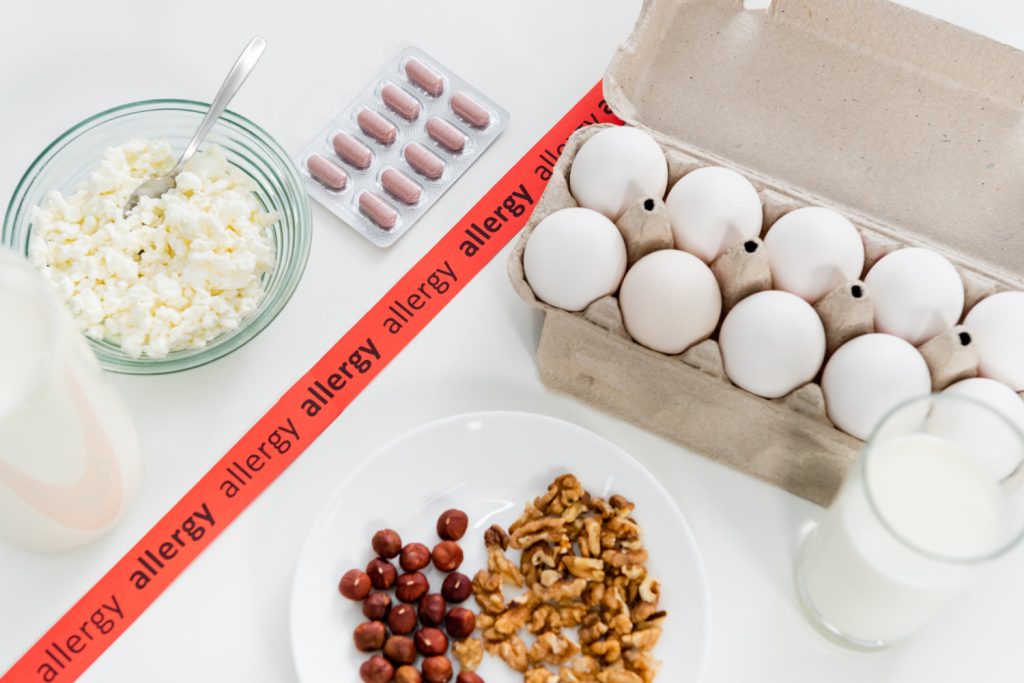Tips for Managing Seasonal Affective Disorder
As the days get shorter and winter creeps in, many people deal with a form of depression known as Seasonal Affective Disorder (SAD). While the exact causes of SAD are unknown, many experts attribute the onset of depression during the Fall and Winter seasons to a lack of sunlight. This lack of sunlight may cause the body to produce too much melatonin, the chemical that causes us to feel tired, or slow down the production of serotonin, a chemical responsible for mood regulation. Here are a few tips if you’re suffering from SAD:
- Get as much natural sunlight as possible
Take a short walk each day, enjoy your coffee outdoors, or play with your kids or pets outside. Even on a cloudy day, your body will soak up the UVB rays that penetrate the clouds, making you feel better. For an added benefit, don’t wear sunglasses and try to get outside when the sun is brightest. You can also increase the natural light in your house by keeping your blinds and curtains open during the day. - Exercise every day
Although Seasonal Affective Disorder can make it hard to exercise, any movement you can do will help. Try walking the dog, dancing to your favorite song, a quick workout video on YouTube, or doing simple exercises like jogging in place, bicep curls or jumping jacks as you watch TV. - Eat well
Depression can make cooking feel like an insurmountable task, so make it easier on yourself. Buy pre-cut fruit at the grocery store, pre-prepared salads, frozen vegetables you can microwave, whole grain cereal, and sandwich ingredients. - Try Light Therapy
Getting natural sunlight can be tough when our jobs require us to be inside the majority of the day, so try artificial sunlight. Sitting in front of a light box for 15-30 minutes in the morning can give you the boost of energy you need to start your day and help restore the balance of your circadian rhythm. Many people find relief in their SAD symptoms after just a few days of using a light box.
For more information on Seasonal Affective Disorder, visit: https://www.nimh.nih.gov/health/publications/seasonal-affective-disorder/index.shtml




